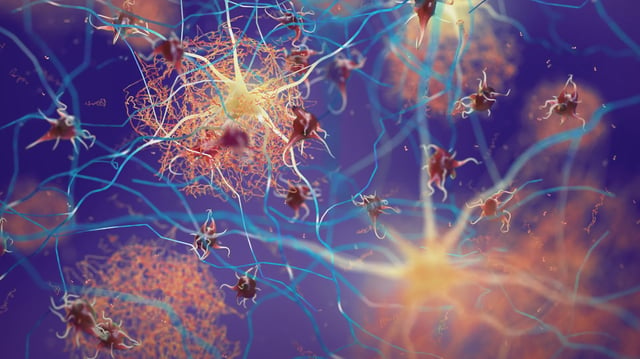Overview
- UCSF researchers identified ADGRG1 as the receptor that enables microglia to engulf and digest amyloid-beta plaques.
- In mouse models lacking ADGRG1, amyloid plaques accumulated rapidly, triggering neurodegeneration and learning and memory impairments.
- Reanalysis of human brain gene expression revealed that higher microglial ADGRG1 levels are linked to milder Alzheimer’s and lower plaque burden.
- As a G-protein-coupled receptor, ADGRG1 belongs to a drug-targeted family, offering a clear path for therapeutic development.
- UCSF scientists have launched preclinical programs to develop compounds that boost ADGRG1 activity and potentially slow Alzheimer’s progression.
